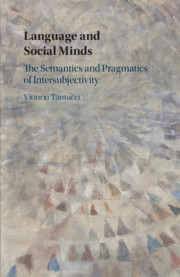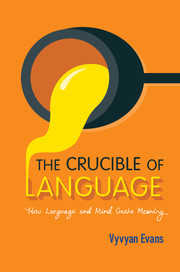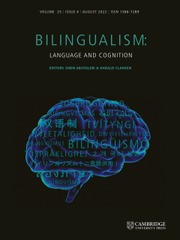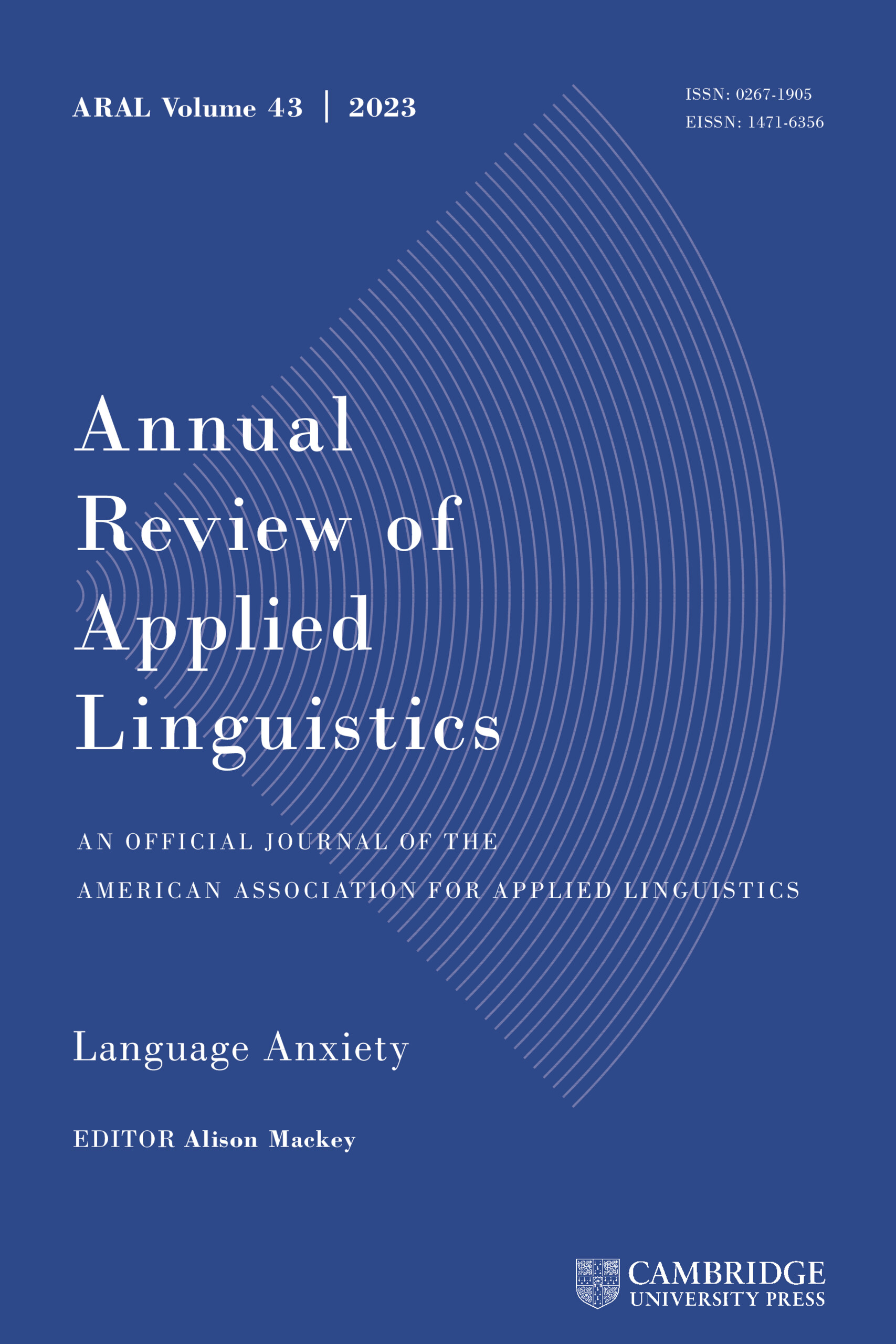Language and Social Minds
Combining theory from cognitive semantics and pragmatics, this book offers both a new model and a new usage-based method for the understanding of intersubjectivity, and how social cognition is expressed linguistically at different levels of complexity. Bringing together ideas from linguistics and theory of mind, Tantucci demonstrates the way in which speakers constantly monitor and project their interlocutor's reactions to what is being said, and sets out three distinct categories of social cognition in first language acquisition and language change. He also shows how this model can be applied in different settings and includes a range of examples from languages across the globe, to demonstrate the cross-linguistic universality of the model. Additionally the book offers insights into the gradient dimension of intersubjectivity in language evolution and across the autistic spectrum. Original and innovative, it will be invaluable for researchers in cognitive linguistics, pragmatics, historical linguistics, applied linguistics and cognitive psychology.
- Provides a new empirical model of our ability to express social cognition at different levels of complexity
- The first theoretical and methodological framework that combines the notions of intersubjectivity from linguistics, and theory of mind from cognitive psychology
- Combines evidence from language change, ontogenetic development and evolutionary psychology into a new pragmatic and semantic model of intersubjective awareness
Reviews & endorsements
'… works like Tantucci's are fundamental to building the linguistic science of the 21st century.' Antoni Hernández-Fernández, Mente y Cerebro
Product details
April 2021Hardback
9781108484824
300 pages
235 × 160 × 20 mm
0.44kg
Available
Table of Contents
- 1. The Intersubjective Gradience Model – an Introduction
- 2. Intersubjective Gradience in Use – from Immediate to Extended Construals of Social Cognition
- 3. Social Cognition in a Usage-Based Model of Language Change – from Immediate (I-I) to Extended Intersubjectification (E-I)
- 4. The Intersubjective Gradience Model Applied – from Immediate (I-I) to Extended Intersubjectification (E-I) throughout Ontogeny
- 5. Concluding Remarks.








